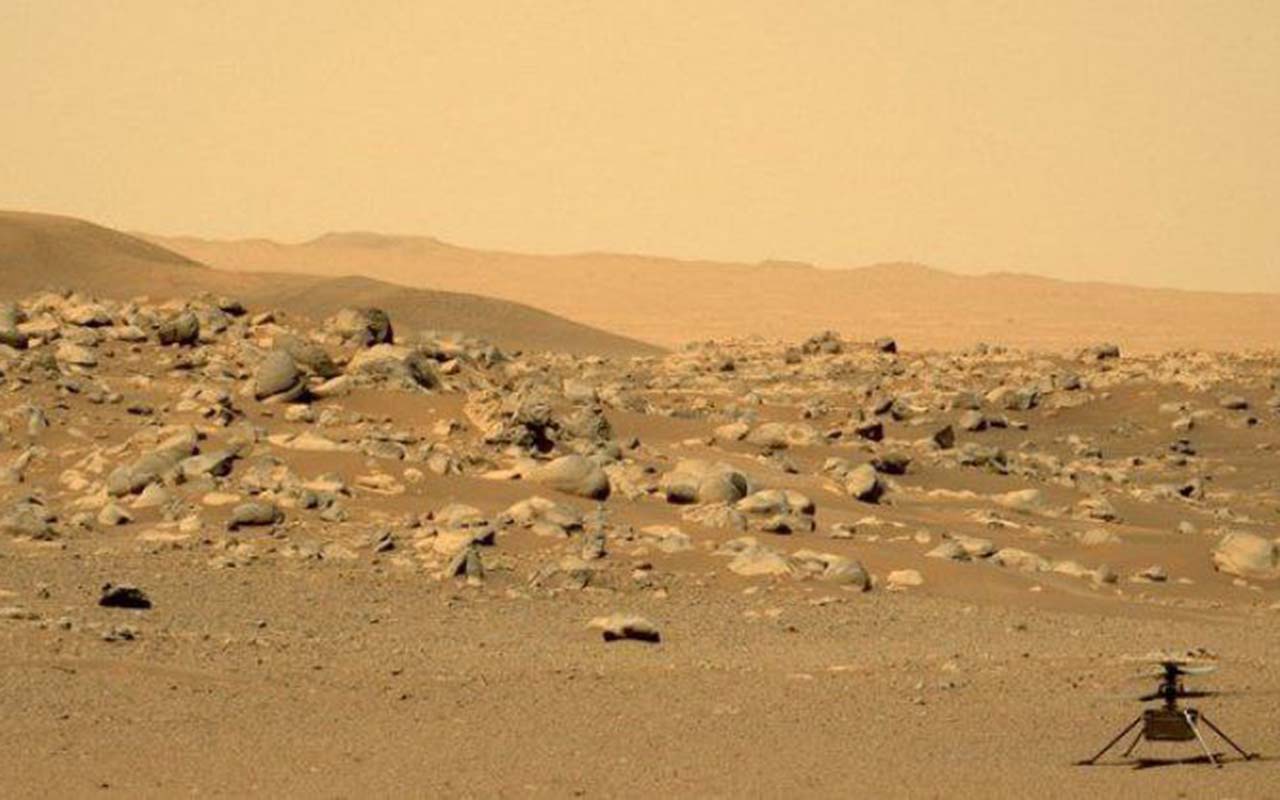Vertigo in Ingenuity. NASA helicopter on Mars has another serious problem
On Mars, weather conditions are getting worse, because winter has come. A large amount of dust in the air prevents the helicopter from properly charging its batteries. To save energy, NASA decided to turn off the device at night. But too low temperatures at night still negatively affect the operation of all Ingenuity electronics. Temperature fluctuations day and night lead to the fact that the instruments of the helicopter can fail. This is what happened to one of Ingenuity’s navigation sensors.
The sensor that failed is called the inclinometer, which is actually two accelerometers that must measure gravity before the helicopter begins its takeoff procedure. This information is fed into the navigation computer of the Martian helicopter. If the inclinometer does not work, then Ingenuity cannot correctly assess its orientation relative to the surface, in other words, it will not be able to take off normally at all.
This is the second major problem the Ingenuity helicopter has encountered on Mars. Dust storms prevent the device from accumulating enough energy to carry out normal scientific work. Therefore, NASA decided to put Ingenuity into “sleep mode” at night to save energy. But this was the reason for the failure of an important navigation device.
But NASA believes that this is not a critical problem and it can be fixed, because now preparations are underway for a new, 29th helicopter flight on Mars. Another important component of the navigation system of the Martian helicopter is the inertial measurement unit. It has its own accelerometers, and if you redirect their work to receive new information, then this will allow Ingenuity to fly again. NASA specialists prepared in advance for possible helicopter failures on Mars, and therefore they want to change the program of the navigation computer so that it receives new data not from the inclinometer. The renovation process has already begun.
If all goes according to plan, Ingenuity will soon make its 29th flight and will continue to help its partner on the Red Planet, the Perseverance rover, in the search for signs of extraterrestrial life.




Comments